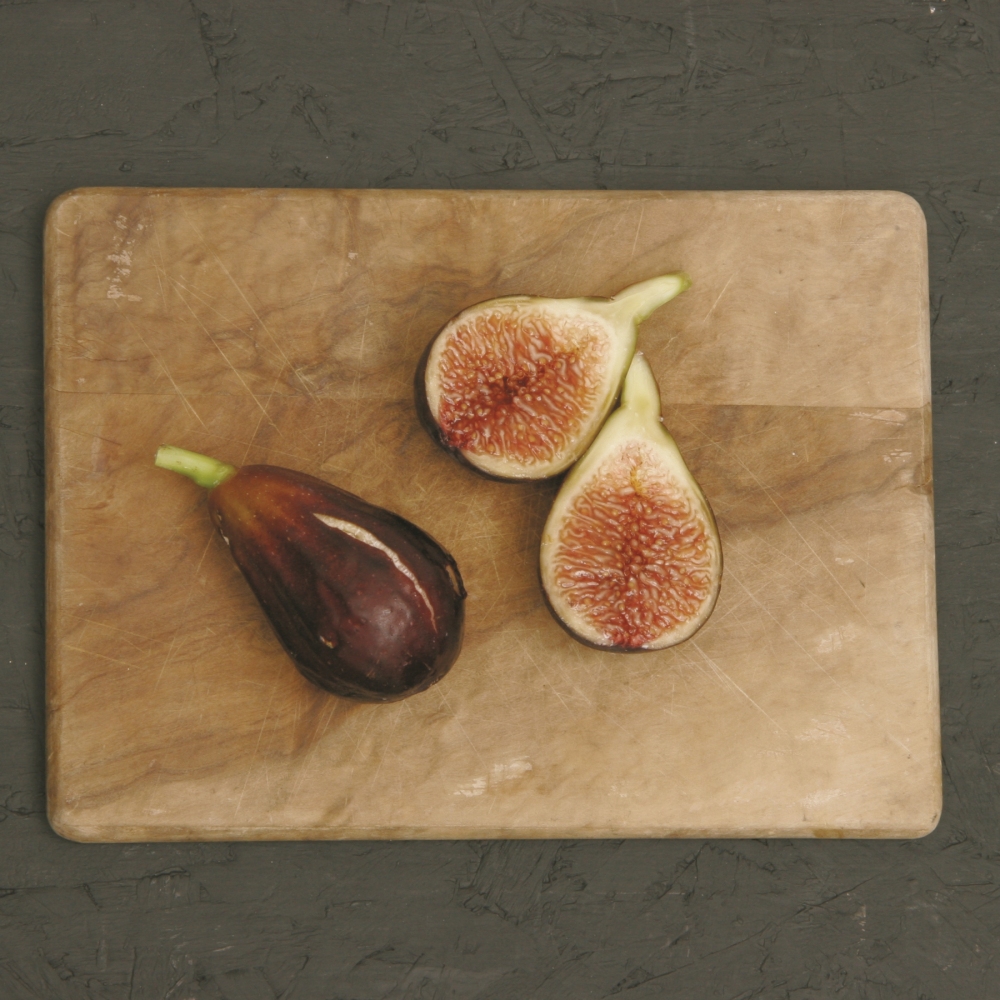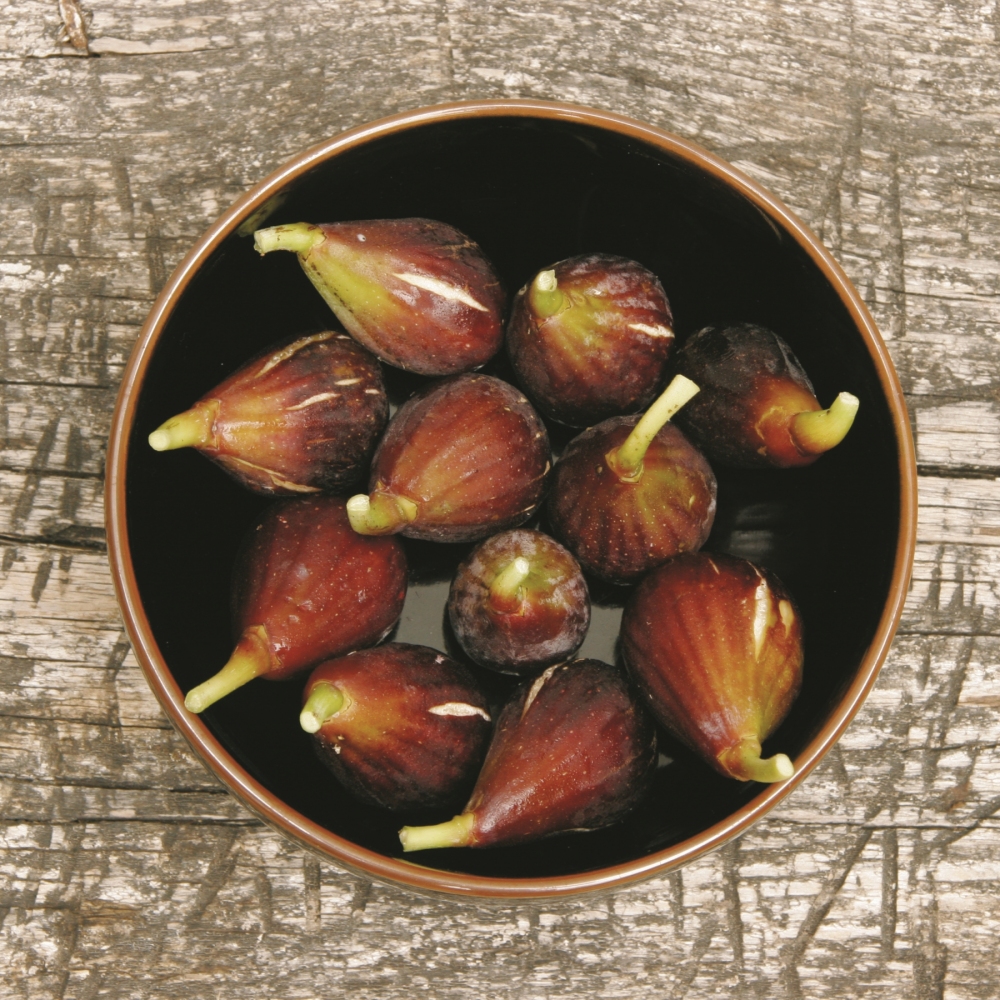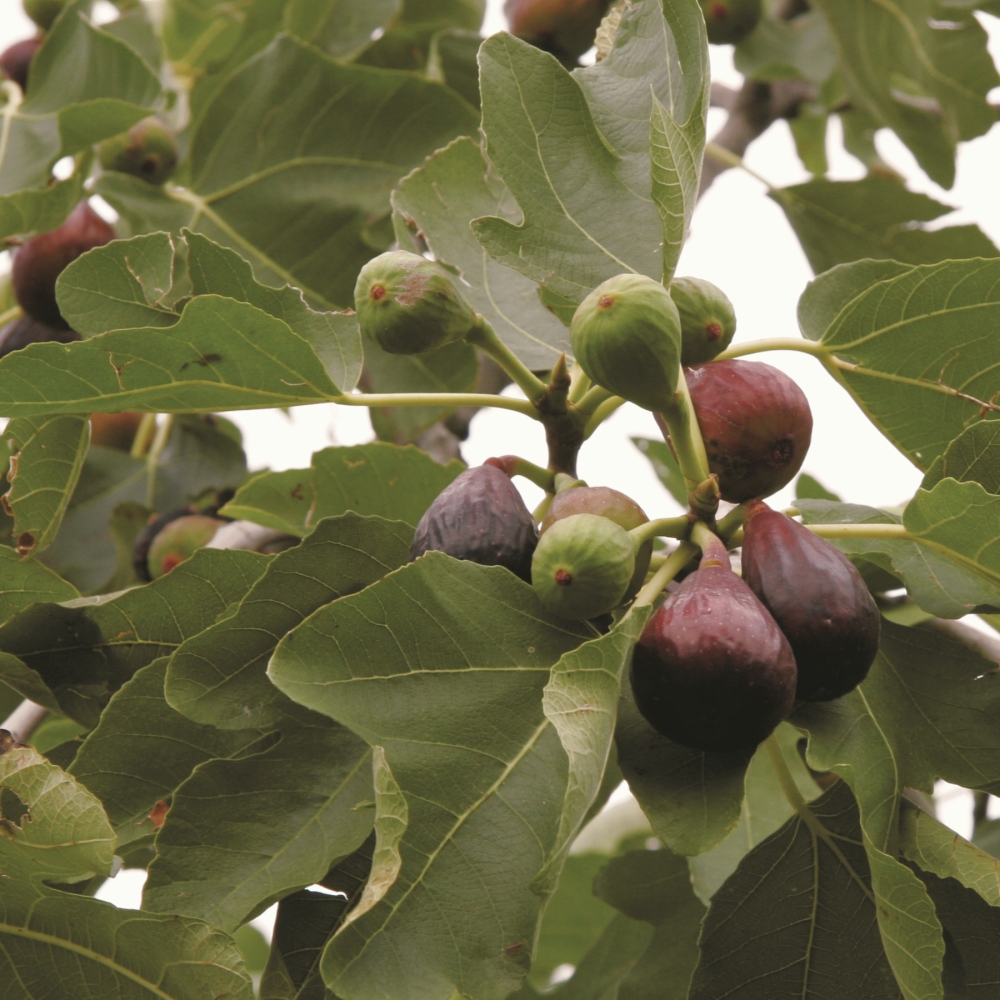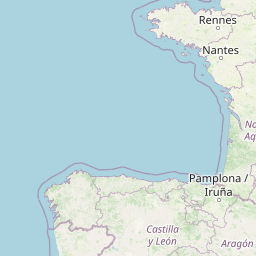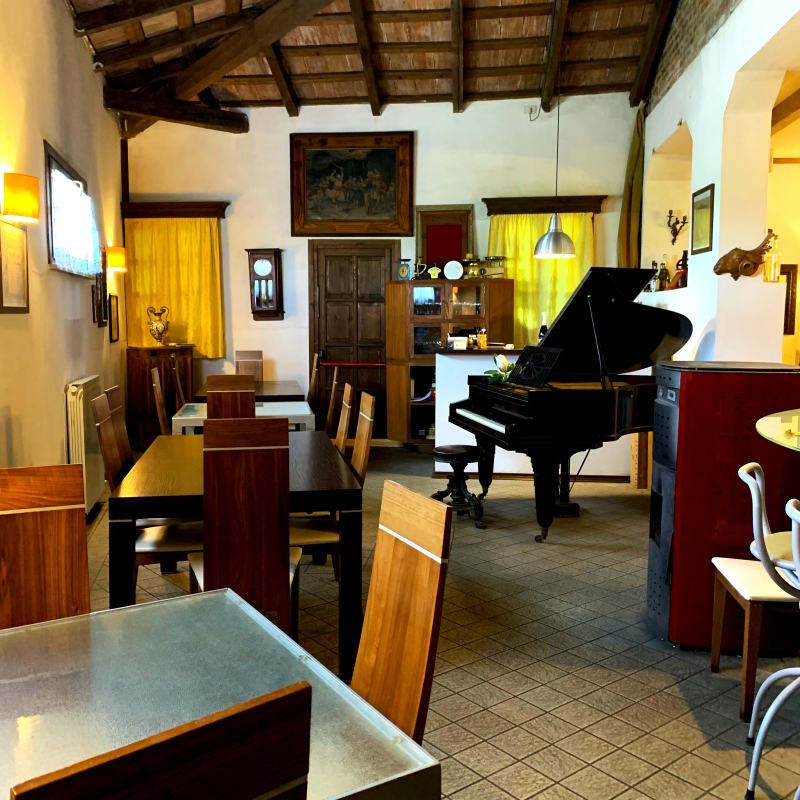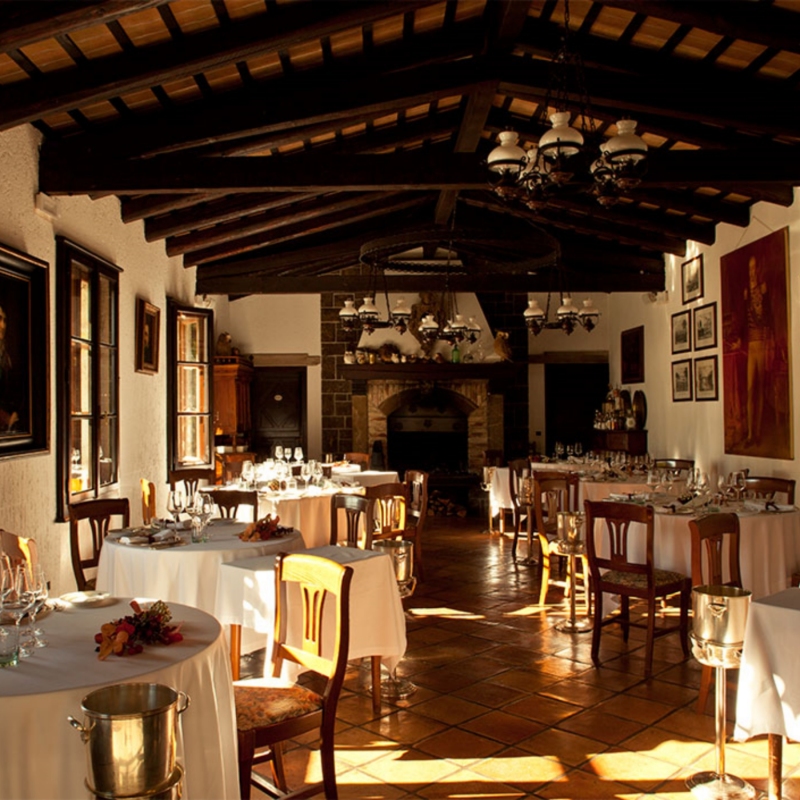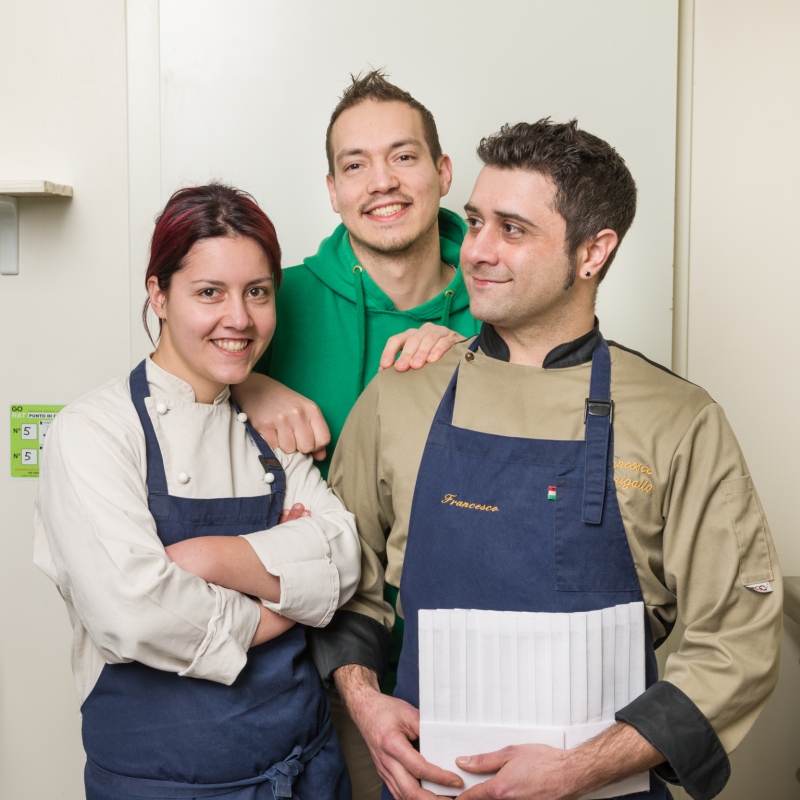Mòro fig
The plant has a smooth, light-grey trunk, large branches usually twisted and large, rough, leathery, alternate and sparse pubescent leaves. If allowed to grow naturally, it does not rise much from the ground, reaching around 3/3.5 metres.
The wood is very white, it splits easily, especially near the branches, and fears cold temperatures. The plant has bright green, wrinkled and rough leaves. Its leaves are normally made up of 5 lobes, with large ribs that start from the stem joint and cross each one of them. On the opposite side, lighter and yellowish, both the main and secondary veins are much less wrinkled and marked, forming a mapping that can be seen much better here.
The fruit is very elongated compared to the common fig, and it comes out on the intersection of the joint between the branch and the leaf. The fruit is usually single, or at most double in cases that are more frequent in the second flowering. It ripens in about 30/35 days with an average fruit weighing about 30/50gr. Generally, one plant - in production for over 5 years - can give from 70 to 100kg of product per season, based on its age. Its pulp is tender and flavourful, it has an intense cardinal red colour, and it is particularly fragrant at the time of maturation and considerably sweeter and characterised by a better quality compared to most of the other known species.
The peel of the fruit is initially light green, then turns to brown-purple, tending increasingly to blue and then to black, as maturation progresses or even when drying on the branch. During the same maturation process, the peel tends to become softer and thinner. At the time of collection, the peel is very tender and delicate and is easily damaged.
 See the map
See the map
History
Geografical area
Curiosity
Season
